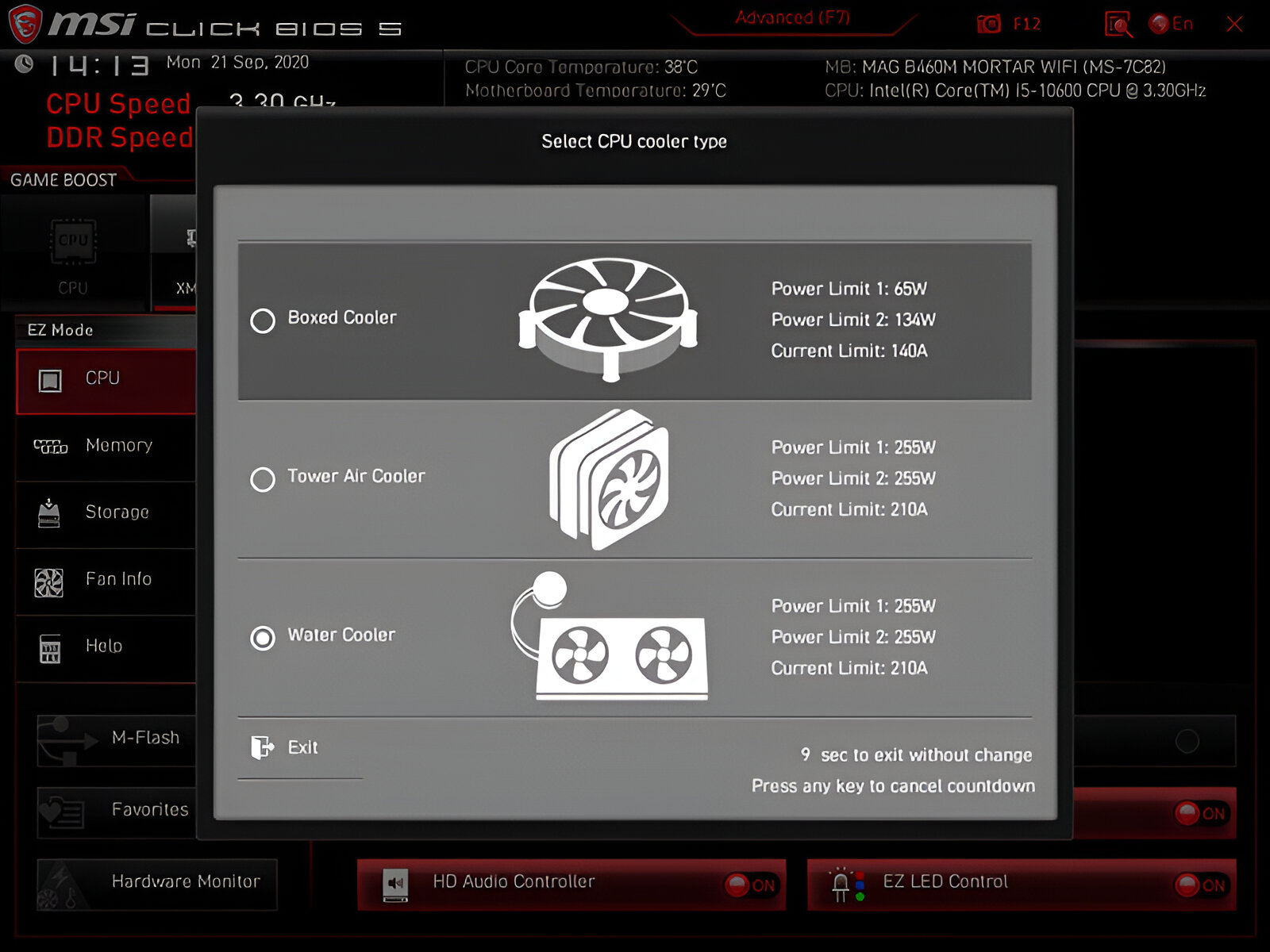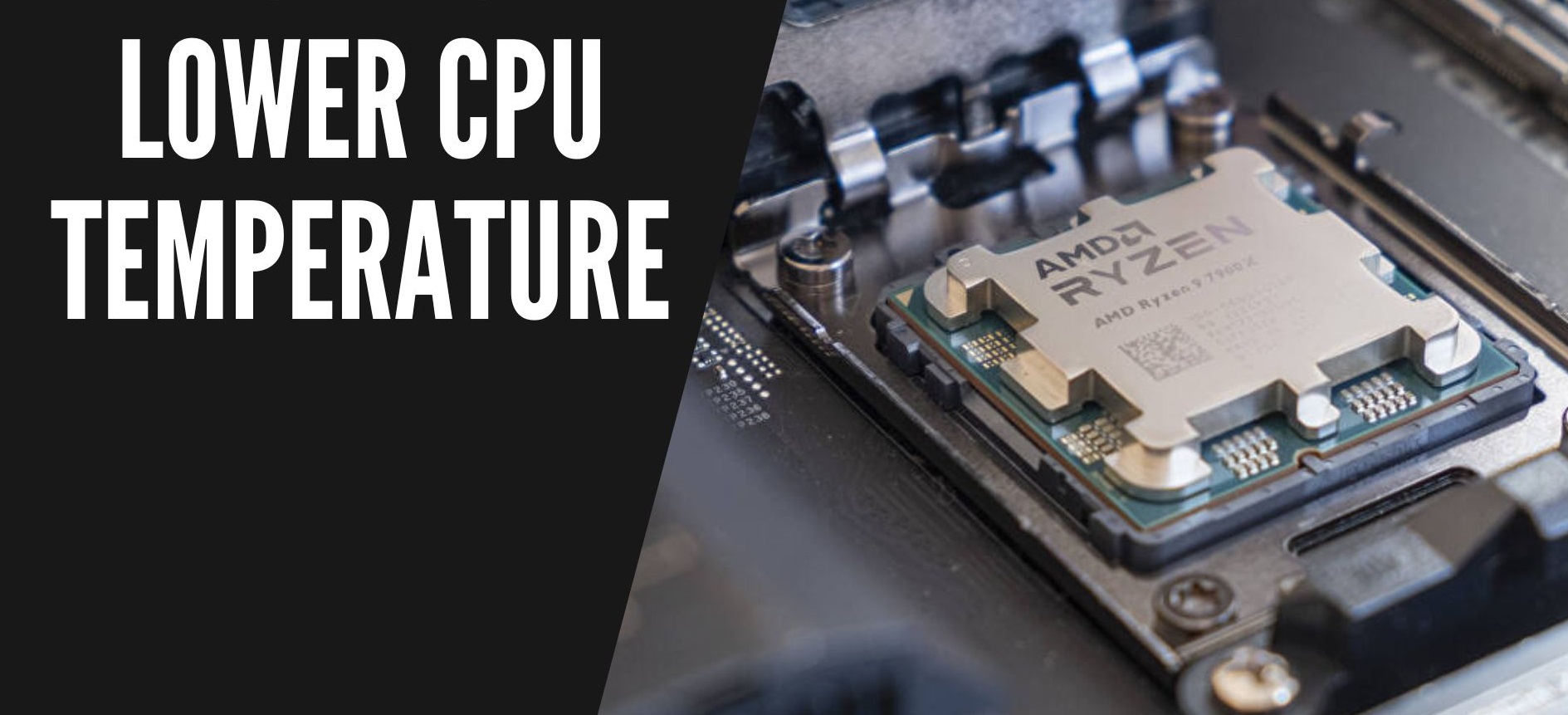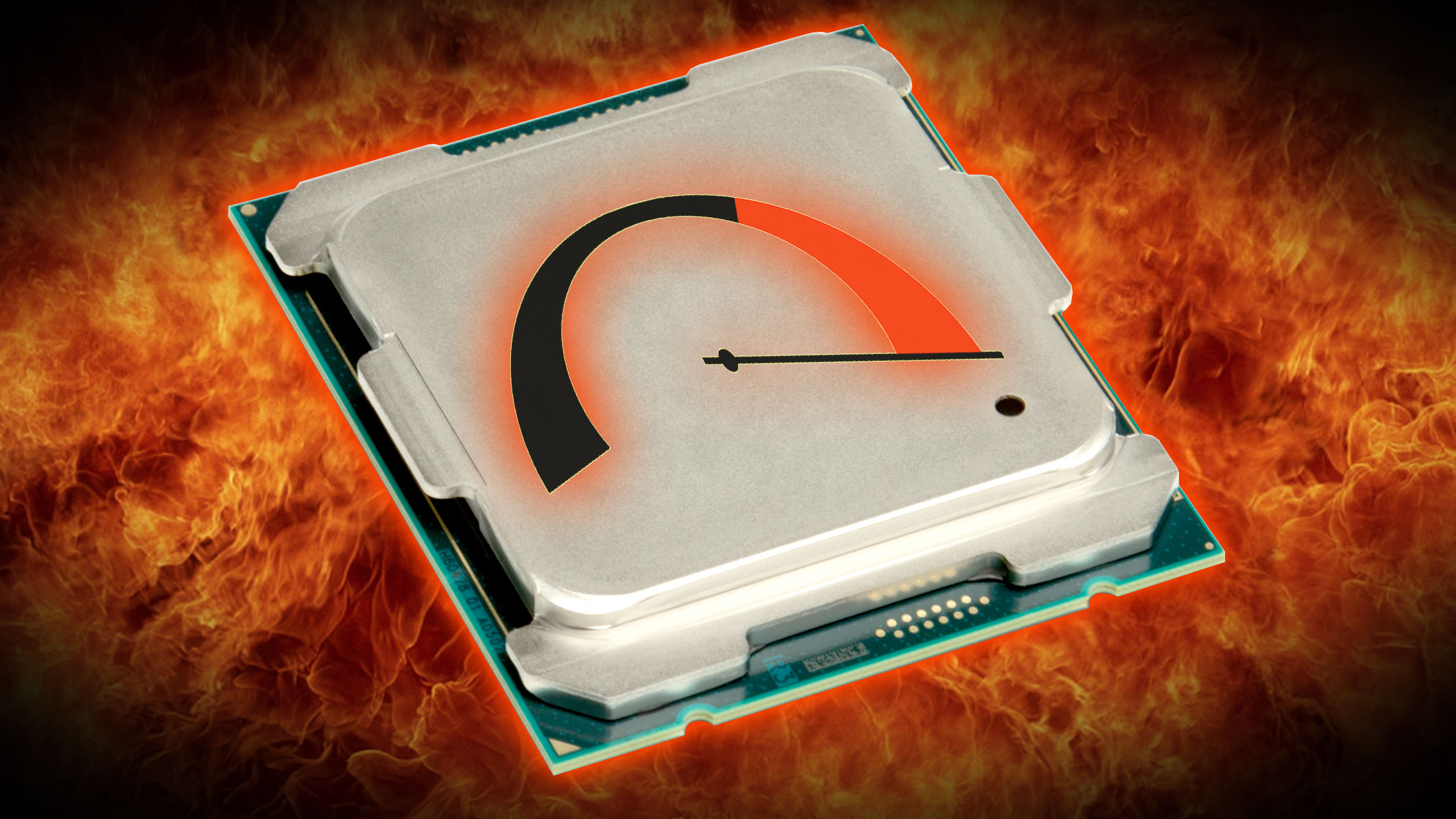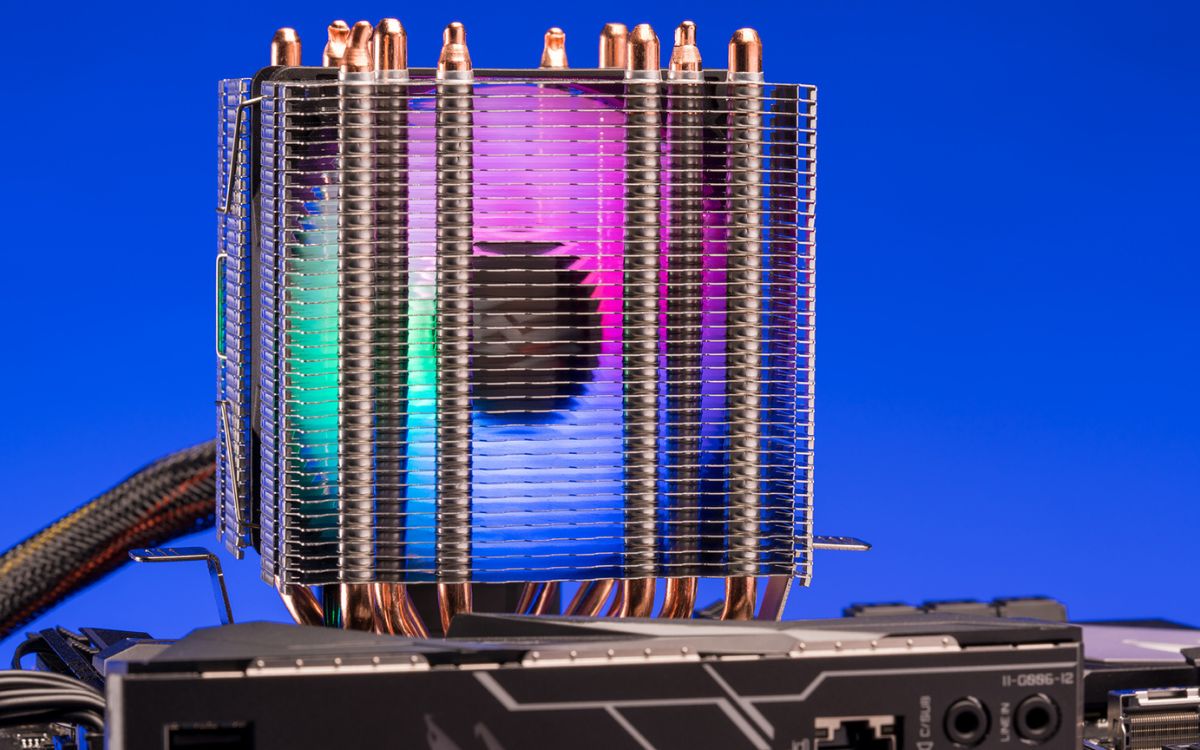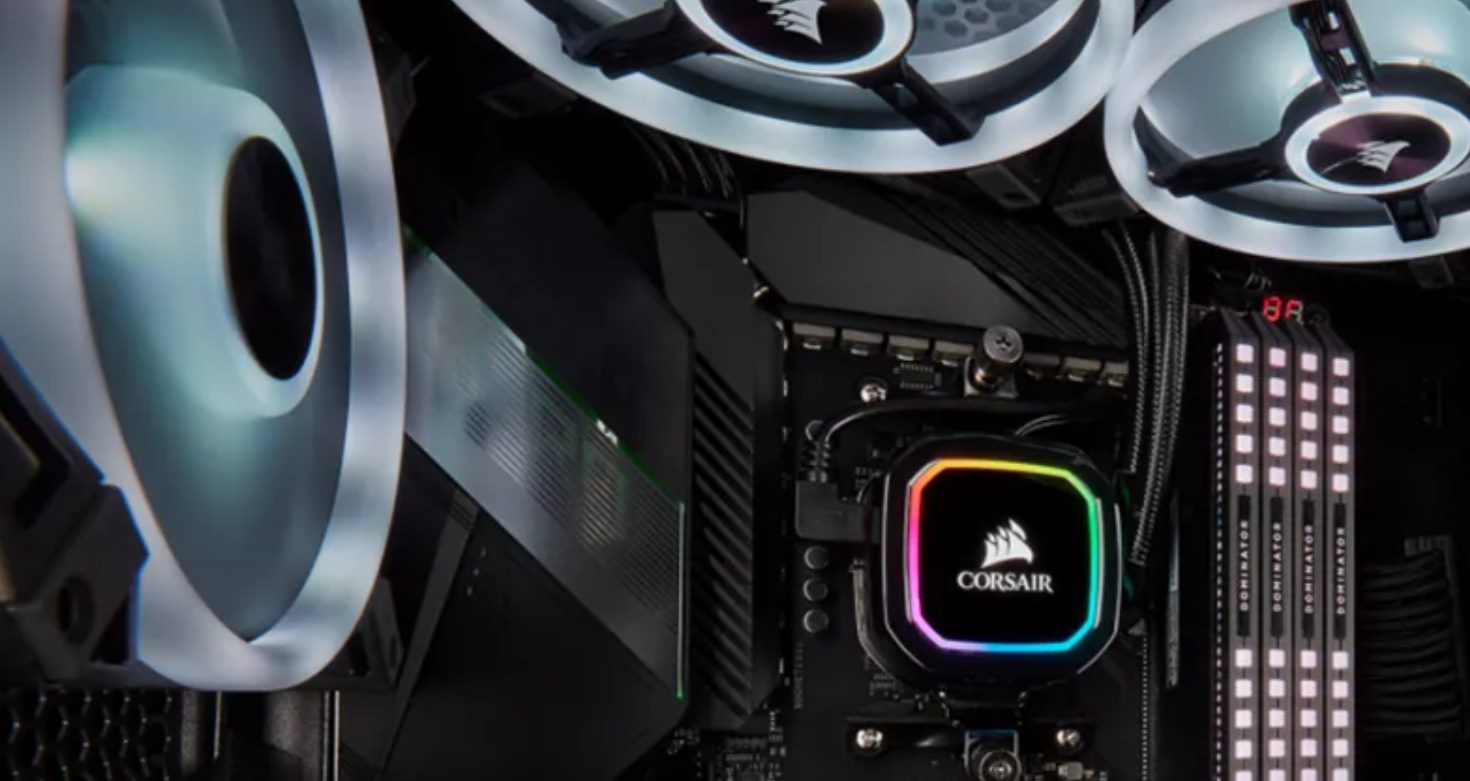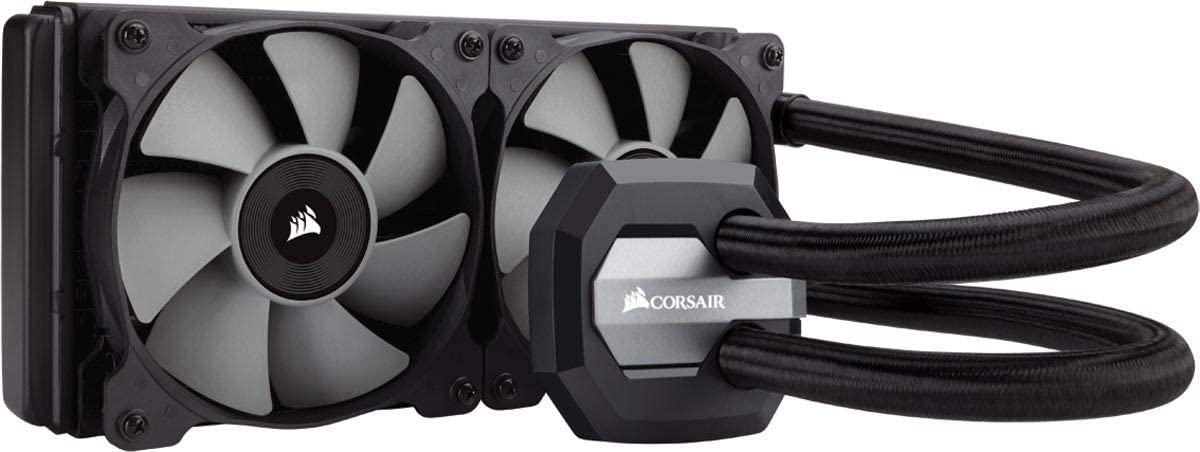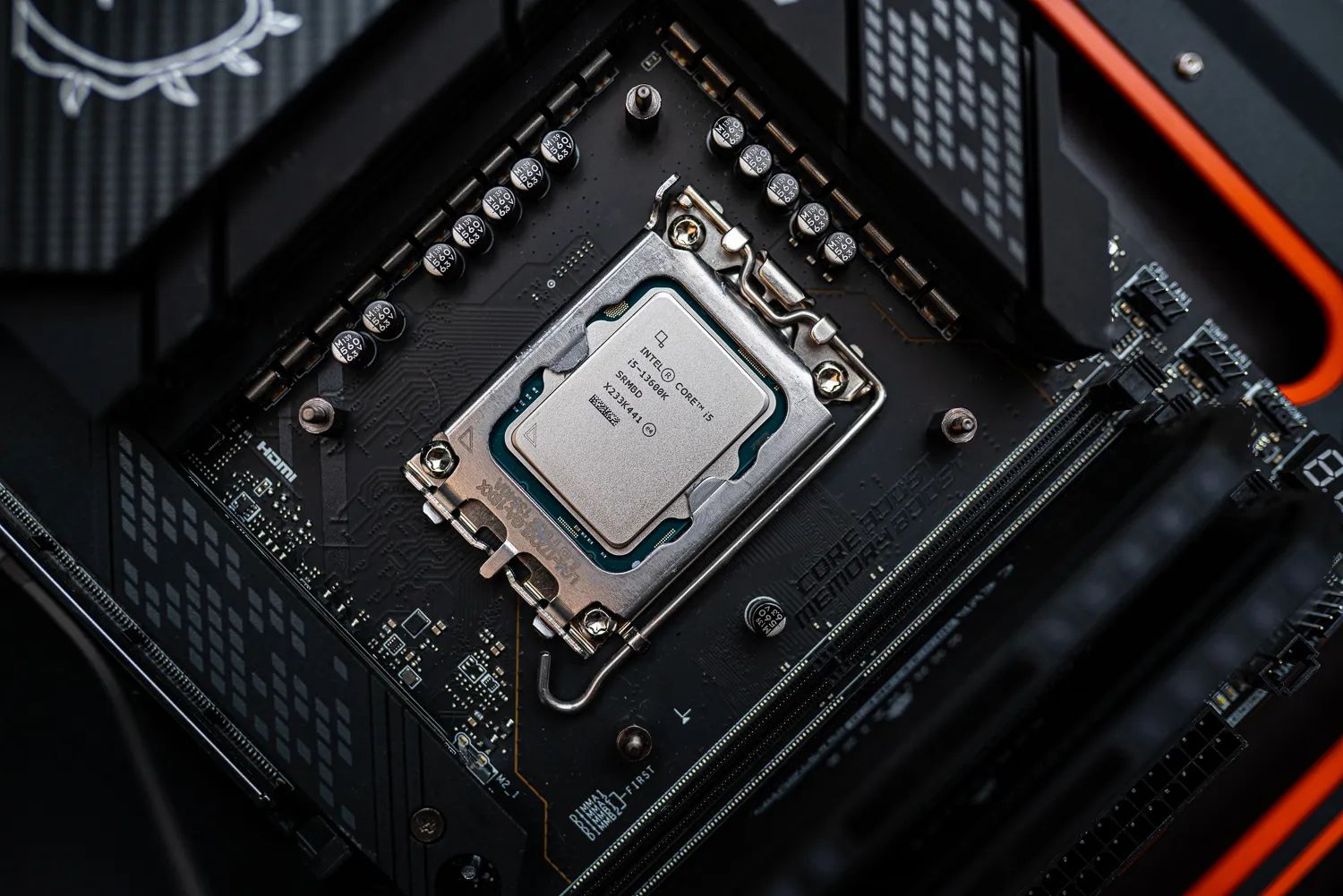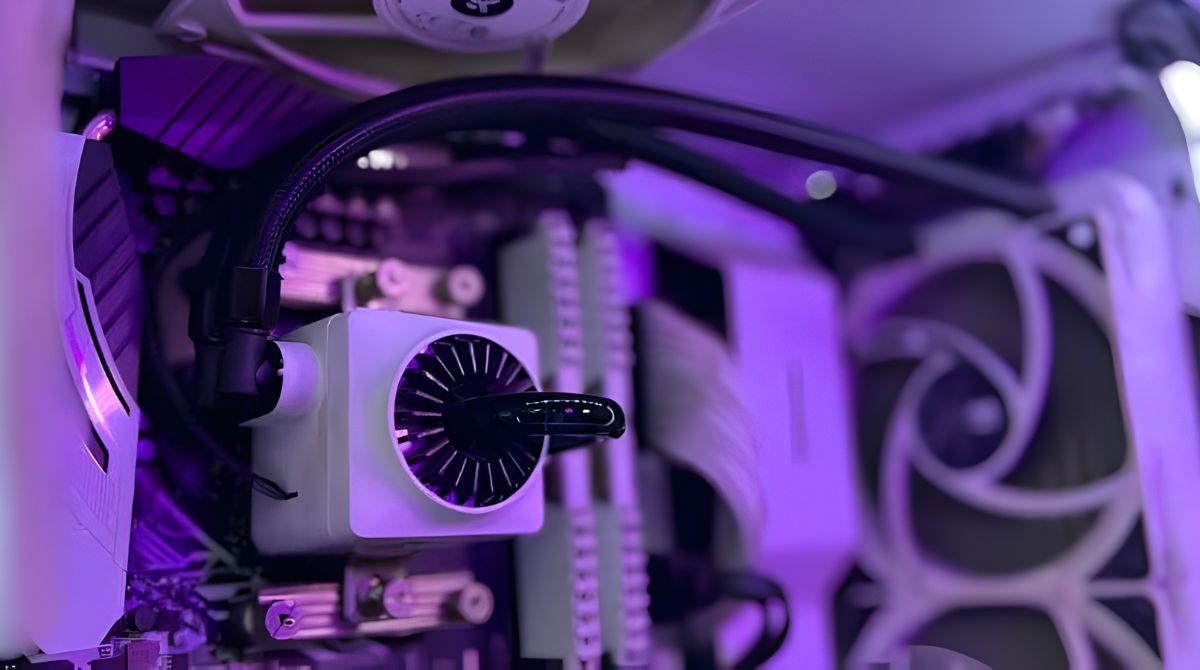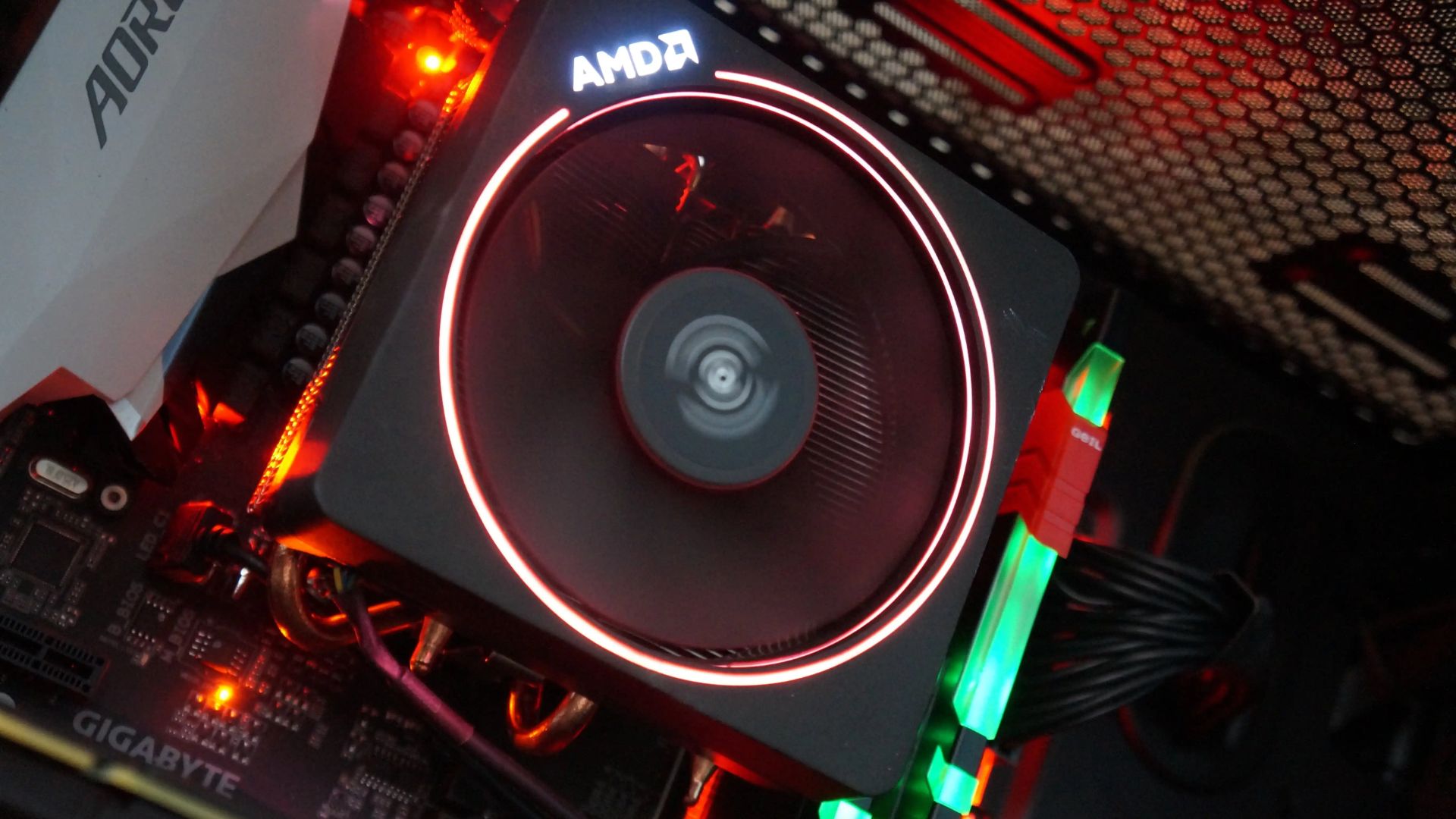Introduction:
In the world of computing, the CPU (Central Processing Unit) is like the brain of a computer. It handles all the calculations, instructions, and data processing necessary for the computer to function. However, intensive tasks and applications can put a strain on the CPU, leading to increased temperatures and potential performance limitations.
This is where performance mode comes into play. By enabling performance mode on your CPU cooler, you can enhance its cooling capabilities, allowing it to dissipate heat more efficiently and maintain lower temperatures. This, in turn, can help improve the overall performance and lifespan of your CPU.
In this article, we will take a closer look at performance mode for CPU coolers and explore the benefits it offers. We will also provide you with a step-by-step guide to help you put your CPU cooler in performance mode and ensure you make the most out of this feature.
Before we dive into the details, it’s important to note that enabling performance mode should be done with caution and only if you are comfortable with tweaking your computer’s settings. It is also recommended to refer to your CPU cooler’s manual or manufacturer’s website for specific instructions tailored to your device.
With that said, let’s jump into the world of performance mode and discover its advantages in optimizing CPU cooling and performance.
What is Performance Mode?
Performance mode is a feature found in many CPU coolers that allows for enhanced cooling performance. When enabled, it adjusts the fan speed and other cooling parameters to ensure that the CPU remains at an optimal temperature, even under heavy workloads or during overclocking.
Modern CPU coolers come equipped with various cooling profiles, including silent mode, balanced mode, and performance mode. While silent mode prioritizes quiet operation by reducing fan speeds, performance mode focuses on maximizing cooling efficiency, often at the expense of noise levels. By ramping up the fan speed and optimizing cooling settings, performance mode helps keep the CPU temperature within safe limits, preventing thermal throttling and maintaining optimal performance.
The exact implementation of performance mode can vary between CPU coolers and manufacturers. Some coolers may have a physical switch or button to enable performance mode, while others utilize software control through the computer’s BIOS or dedicated cooling management software.
It is important to note that not all CPU coolers support performance mode. If you are unsure whether your cooler has this feature, consult the product manual or contact the manufacturer for clarification.
Performance mode is especially beneficial for those engaging in resource-intensive tasks such as gaming, video editing, 3D rendering, or running complex simulations. These activities tend to put a heavy load on the CPU, which in turn generates more heat. By enabling performance mode, you can ensure that your CPU stays within safe temperature limits, allowing it to perform at its best without any thermal constraints.
Now that we understand what performance mode is all about, let’s explore the advantages it offers in more detail.
Benefits of Using Performance Mode
Enabling performance mode on your CPU cooler can bring several benefits to your computing experience. Let’s take a closer look at the advantages:
1. Enhanced Cooling Efficiency: Performance mode increases the fan speed and adjusts cooling parameters to ensure optimal heat dissipation. By keeping the CPU temperature in check, performance mode prevents thermal throttling, which can significantly impact performance. This allows your CPU to operate at its full potential, especially during demanding tasks.
2. Improved System Stability: High CPU temperatures can lead to system instability, crashes, and unexpected shutdowns. By utilizing performance mode, you can effectively reduce the risk of these issues. With better cooling, your CPU will be able to handle heavy workloads more efficiently, resulting in a stable computing experience.
3. Extended CPU Lifespan: Excessive heat can be detrimental to the lifespan of your CPU. Using performance mode ensures that your CPU operates within safe temperature limits, reducing the risk of long-term damage. By keeping the temperature under control, you can potentially extend the lifespan of your CPU and avoid premature hardware failure.
4. Increased Overclocking Potential: Overclocking is the practice of increasing the clock speed of your CPU to achieve higher performance. However, overclocking generates more heat, requiring better cooling solutions. Performance mode is specifically designed to handle the increased heat output during overclocking, allowing you to push your CPU to its limits without compromising stability.
5. Customizable Fan Control: Many CPU coolers that support performance mode also offer customizable fan control. This allows you to fine-tune the fan speed and cooling settings according to your needs. You can adjust the fan speed curve or set specific temperature thresholds for optimal cooling performance and noise levels.
6. Reduced Noise: While performance mode tends to increase fan speeds for better cooling, modern CPU coolers utilize advanced fan technologies to minimize noise levels. This ensures that even when operating at higher speeds, the noise generated remains within acceptable limits, providing a balance between cooling performance and a quiet computing environment.
By utilizing performance mode, you can unlock these benefits and optimize the cooling and performance of your CPU. However, it is essential to take some precautions before enabling performance mode to ensure a smooth transition and avoid any potential issues.
Precautions before Putting CPU Cooler in Performance Mode
Before enabling performance mode on your CPU cooler, it is important to take certain precautions to ensure a smooth and safe transition. Here are some key points to keep in mind:
1. Check Compatibility: Verify that your CPU cooler supports performance mode. Not all coolers have this feature, so consult the product manual or contact the manufacturer to confirm compatibility.
2. Read the Manual: Familiarize yourself with the instructions provided by the CPU cooler’s manufacturer. Different coolers may have specific steps or requirements for enabling performance mode, so it is crucial to follow their guidelines.
3. Backup and Save Settings: Before making any changes to your CPU cooler’s settings, make sure to backup and save your current settings. This will allow you to revert back in case any issues arise or if you prefer to switch back to the previous cooling mode.
4. Monitor Temperatures: Keep an eye on your CPU temperatures before and after enabling performance mode. Using software monitoring tools or BIOS settings, monitor how the cooling system performs and make sure the temperatures remain within safe limits.
5. Ensure Proper Airflow: Performance mode increases fan speeds, resulting in higher airflow. Ensure that your computer case has sufficient ventilation and proper airflow to handle the increased heat output. Clear any obstructions and make sure the CPU cooler is free from dust and debris for efficient cooling.
6. Consider Noise Levels: Performance mode may increase fan speeds, which can result in louder operation. If noise levels are a concern for you, consider adjusting the fan speed curve or opting for a CPU cooler known for quiet operation.
7. Proceed with Caution in Overclocking: While performance mode can handle increased heat during overclocking, it is important to proceed with caution. Overclocking puts additional stress on the CPU, generating more heat. Ensure that you have proper knowledge and experience in overclocking before pushing your CPU to its limits.
8. Contact Manufacturer Support: If you have any doubts or questions regarding performance mode or the specific requirements of your CPU cooler, don’t hesitate to reach out to the manufacturer’s support team. They can provide you with accurate information and guidance to ensure a seamless transition.
By taking these precautions, you can minimize potential risks and ensure a successful implementation of performance mode on your CPU cooler. Now, let’s move on to the step-by-step guide on how to put your CPU cooler in performance mode.
Step-by-Step Guide to Put CPU Cooler in Performance Mode
Enabling performance mode on your CPU cooler may vary depending on the manufacturer and the specific model you have. However, here is a general step-by-step guide to help you put your CPU cooler in performance mode:
- Refer to the Manual: Start by consulting the manual or documentation provided by the CPU cooler’s manufacturer. Look for specific instructions or guidelines on how to enable performance mode for your particular model.
- Access BIOS or Software Utility: To enable performance mode, you will need to access your computer’s BIOS or software utility specifically designed for managing the CPU cooler. Restart your computer and enter the BIOS by pressing the designated key (usually Del or F2) during the boot process. Alternatively, use the dedicated cooling management software provided by the manufacturer.
- Find Cooling Settings: Once in the BIOS or cooling management software, navigate to the section related to CPU cooling or fan control. Look for options or settings related to performance mode. These settings may have different names depending on the manufacturer, such as “Performance Mode,” “Turbo Mode,” or “Aggressive Cooling.”
- Enable Performance Mode: Once you have located the relevant settings, select the option to enable performance mode. Note that different BIOS interfaces or cooling software may have different methods of enabling performance mode. Follow the on-screen instructions or refer to the documentation provided by the manufacturer.
- Adjust Fan Speed Curve (Optional): Some CPU coolers allow you to customize the fan speed curve to further optimize cooling performance. If desired, adjust the fan speed curve based on your preferences and requirements. This can be done within the same section of the BIOS or cooling software.
- Save and Exit: After enabling performance mode and making any necessary adjustments, save the changes in the BIOS or cooling software and exit. Your computer will restart with the CPU cooler now operating in performance mode.
- Monitor Cooling Performance: After enabling performance mode, closely monitor your CPU temperatures and system stability. Use monitoring software or BIOS utilities to keep track of the temperature and ensure that it remains within safe limits.
- Make Further Adjustments (If Necessary): If you notice any issues with temperatures or system stability, you may need to fine-tune the cooling settings or fan speed curve. Refer to the manufacturer’s documentation or seek guidance from support if further adjustments are required.
By following these steps, you can successfully put your CPU cooler in performance mode and optimize the cooling performance of your CPU. Enjoy the enhanced cooling capabilities and improved performance that performance mode brings!
Conclusion:
In conclusion, enabling performance mode on your CPU cooler can provide numerous benefits for your computing experience. By maximizing cooling efficiency, performance mode helps maintain optimal temperatures, enhance system stability, and extend the lifespan of your CPU. Additionally, it can unlock the potential for increased overclocking and offer customizable fan control options to suit your preferences.
However, it is crucial to take precautions and follow the instructions provided by the CPU cooler’s manufacturer. Verify compatibility, read the manual, backup settings, monitor temperatures, ensure proper airflow, consider noise levels, and proceed with caution in overclocking. These precautions will help ensure a smooth transition to performance mode without encountering any potential issues.
Once you have taken the necessary precautions, follow the step-by-step guide specific to your CPU cooler to enable performance mode. Adjust the fan speed curve if desired and monitor the cooling performance to ensure it remains within safe limits.
By unlocking the power of performance mode, you can optimize your CPU’s cooling capabilities, ensure stable and reliable performance, and potentially extend the lifespan of your CPU. Enjoy the benefits of enhanced cooling efficiency and improved system performance during intensive tasks or overclocking endeavors.
Remember to refer to your CPU cooler’s manual or manufacturer’s website for specific instructions and consult with the manufacturer’s support team if you have any doubts or concerns.
Put your CPU cooler in performance mode and experience the benefits of efficient and effective cooling for your CPU today!







